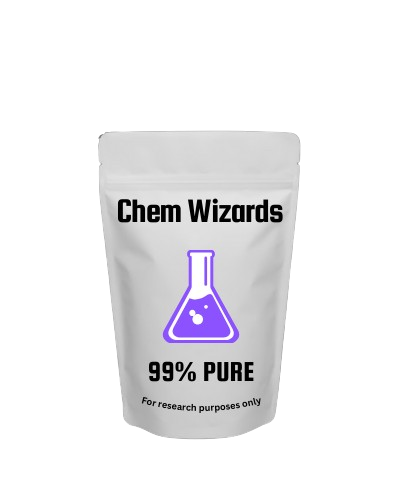

Buy DCK (Deschloroketamine)
$2,295.00 – $69,995.00Price range: $2,295.00 through $69,995.00
Deschloroketamine (DCK) is a high-purity dissociative anesthetic research chemical related to ketamine for NMDA receptor studies.
Important Notice:
European customers should complete their purchases in USD (not CAD). After placing your order and before manual payment, the currency will be converted to Euros.
Canadian customers should use CAD, and American customers should use USD.
DCK (Deschloroketamine)
PRODUCT DESCRIPTION
Introduction
Deschloroketamine (often abbreviated as DCK, also known as DXE or 2′-Oxo-PCM) is a dissociative anesthetic research chemical belonging to the arylcyclohexylamine class, structurally related to ketamine but without a chlorine atom on the cyclohexanone ring. It has gained attention for its potent dissociative and anesthetic effects mediated via NMDA receptor antagonism. DCK is primarily used in research for neurological, anesthetic, and psychopharmacological studies.
Chemical Properties and Specifications
2.1 Structural and Molecular Characteristics
-
Chemical Formula: C13H17NO
-
Molecular Weight: 203.28 g/mol
-
CAS Number: 7063-30-1
-
IUPAC Name: 2-(methylamino)-2-phenylcyclohexan-1-one
-
Synonyms:
-
Deschloroketamine
-
DXE
-
2′-Oxo-PCM
-
S-DCK (S-enantiomer)
-
2.2 Physical Properties and Purity Standards
-
Appearance: White crystalline powder
-
Purity: Highly pure ≥97% typical for research grade
-
Solubility: Soluble in PBS (phosphate-buffered saline, 10 mg/mL), organic solvents such as ethanol and DMSO
-
Storage Recommendations: Store in cool, dry, dark environment, recommended at 4°C or below
Pharmacological Profile and Mechanism of Action
3.1 Mechanism of Action
DCK serves as a non-competitive antagonist of the NMDA receptor at the phencyclidine binding site, inhibiting calcium ion influx and neuronal depolarization, resulting in dissociative anesthesia, analgesia, and altered sensory perception. DCK’s S-enantiomer shows approximately 2.3 times greater potency than the R-enantiomer at the NMDA receptor.
3.2 Research Applications
Widely used in receptor pharmacology, behavioral neuroscience, and toxicology research to understand dissociatives’ effects on cognitive function and neuronal signaling. The compound’s pharmacokinetic profile allows studies on duration and intensity of dissociative states.
Comparative Analysis with Related Compounds
4.1 Compared to Ketamine and Analogs
DCK has a longer duration and higher receptor affinity compared to ketamine. Differences in molecular structure affect metabolism and potential side effect profiles. It is structurally similar to methoxetamine and fluorinated deschloroketamine analogs but distinct in potency and effect duration.
4.2 Advantages for Research
Highly pure and well-characterized, DCK supports precise quantification in behavioral and binding studies. Its stability and manageable solubility facilitate dosing accuracy and experimental reproducibility.
Safety and Handling Guidelines
5.1 Laboratory Safety
Use gloves, eye protection, and laboratory coats. Conduct handling in ventilated environments to prevent inhalation and skin exposure.
5.2 Disposal
Adhere to hazardous chemical waste disposal norms to mitigate environmental contamination.
5.3 Regulatory Status
Deschloroketamine is subject to regulation as a novel psychoactive substance in various countries. Verify compliance with local laws prior to acquisition and use.
Frequently Asked Questions (FAQs)
-
What is Deschloroketamine?
A dissociative anesthetic research chemical related to ketamine. -
What is the mechanism of action?
NMDA receptor antagonism producing dissociative effects. -
What is the typical purity?
≥97% for research-grade product. -
Is it soluble in water?
Moderately soluble in PBS and organic solvents. -
Is DCK regulated?
Yes, its legal status varies by jurisdiction.
Conclusion
Deschloroketamine (DCK) is a potent, research-grade arylcyclohexylamine used extensively to study dissociative mechanisms and neuropharmacological effects. Its structural and pharmacodynamic properties differentiate it from ketamine and related analogs, offering a valuable tool for dissociative anesthetic research under regulated conditions.
| Quantity |
0.50 grams ,1 gram ,10 grams ,2 grams ,25 grams ,5 grams |
|---|
Related products

Buy 2F-DCK 100MG Pellets
$3,495.00 – $118,995.00Price range: $3,495.00 through $118,995.00
Buy 2F-DCK 50 MG Pellets
$2,195.00 – $31,495.00Price range: $2,195.00 through $31,495.00
Buy 3-MeO-PCE (3-methoxyeticyclidine)
$75.00 – $2,063.00Price range: $75.00 through $2,063.00
Buy Chem-mist 2F-DCK spray 10%
$3,596.00 – $30,596.00Price range: $3,596.00 through $30,596.00
Buy DeschloroEtizolam 5 MG Pellets
$1,195.00 – $19,995.00Price range: $1,195.00 through $19,995.00
Buy DMXE 40mg Pellets (Deoxymethoxetamine)
$1,695.00 – $12,995.00Price range: $1,695.00 through $12,995.00
Buy Flubromazepam 10 MG Pellets
$1,395.00 – $21,995.00Price range: $1,395.00 through $21,995.00



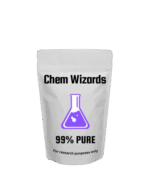
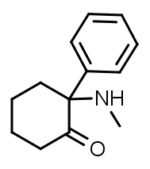
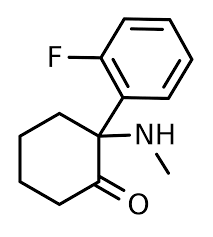
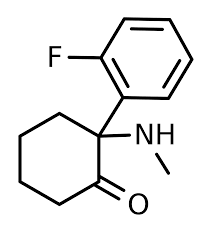
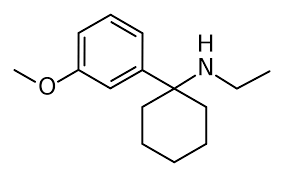
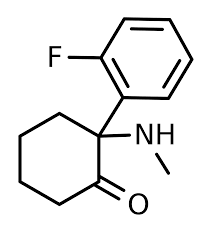

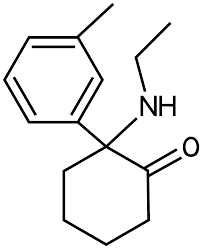
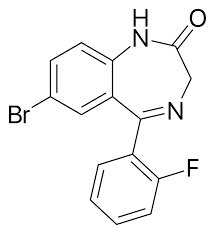
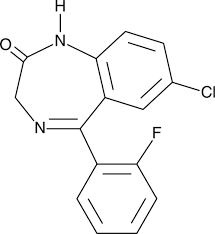
Reviews
There are no reviews yet.